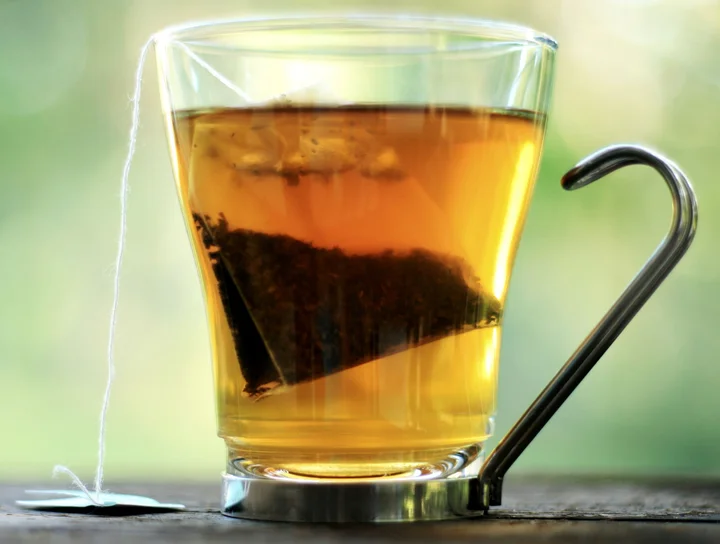Six Everyday Habits That May Be Adding Microplastics to Your Meals — And How to Stop

Microplastics — the tiny plastic particles now found everywhere from oceans to human bloodstreams — are making their way into our food, often right in our own kitchens. While much of the contamination comes from environmental exposure, new research suggests that everyday cooking and storage habits could be a significant source of ingestion.
From chopping vegetables on plastic boards to microwaving leftovers in plastic containers, the routine decisions we make while preparing food may be increasing our exposure to these particles. Though the long-term health consequences of microplastics are still under investigation, early studies suggest links to inflammation, hormonal disruption, and even cardiovascular risks.
Here are six common ways microplastics may be sneaking into your food — and what experts recommend doing instead.
1. Plastic Cutting Boards
While popular for being nonporous and easy to sanitize, plastic cutting boards may shed microplastics directly into food. A study published in Environmental Science & Technology found users could ingest up to 50 grams of plastic annually through chopping alone — the equivalent of 10 credit cards.
Swap it out: Use cutting boards made of wood or bamboo, which are durable and naturally antimicrobial.
2. Heating Food in Plastic Containers
Many people reheat leftovers in plastic containers — even those labeled “microwave safe.” But when plastic is exposed to high temperatures, its chemical bonds weaken, allowing microplastics and chemical additives to leach into food. One study found more than 10 million microplastics in a single container of microwaved water.
Better option: Use glass containers that are oven- and microwave-safe. Always transfer steam-in-bag veggies or takeout into a safe dish before heating.
3. Using Disposable Plastic Storage Bags
Whether it’s packing snacks or storing leftovers, plastic baggies are a go-to — but they’re also prone to shedding. Opening or tearing plastic bags can release plastic flakes, especially when bags are soft or thin.
What to use instead: Try reusable silicone bags, stainless steel tins, glass containers, or beeswax wraps.
4. Covering Hot Food with Plastic Wra
Placing plastic wrap directly on hot food increases the chance of it melting and leaching particles into meals. Softer plastics, like those in wraps, are more vulnerable to heat distortion.
Safer solution: Use aluminum foil (but not in the microwave), glass containers with lids, or silicone covers that withstand high temperatures.
5. Cooking with Plastic Utensils
Plastic spatulas and spoons are convenient, but as they melt slightly with use — especially in hot pans — they can deposit microplastics directly into your food.
Upgrade to: Wooden, stainless steel, or silicone utensils, depending on your cookware’s material.
6. Brewing Tea with Plastic Tea Bags
Many tea bags contain polypropylene or nylon, materials that release microplastics when steeped in hot water. Some have been found to release billions of particles per cup.
The fix: Brew loose leaf tea in a glass or metal infuser, or opt for tea bags labeled “plastic-free,” made from cotton, paper, or hemp.
Though microplastics are nearly impossible to avoid completely, minimizing exposure through simple changes can reduce your long-term risk.
“Every small change matters,” said Jennifer Brandon, a microplastics researcher and founder of Wild Beacon Consulting. “These aren’t extreme lifestyle overhauls — they’re manageable, mindful swaps that can help protect your health.”
: 31







